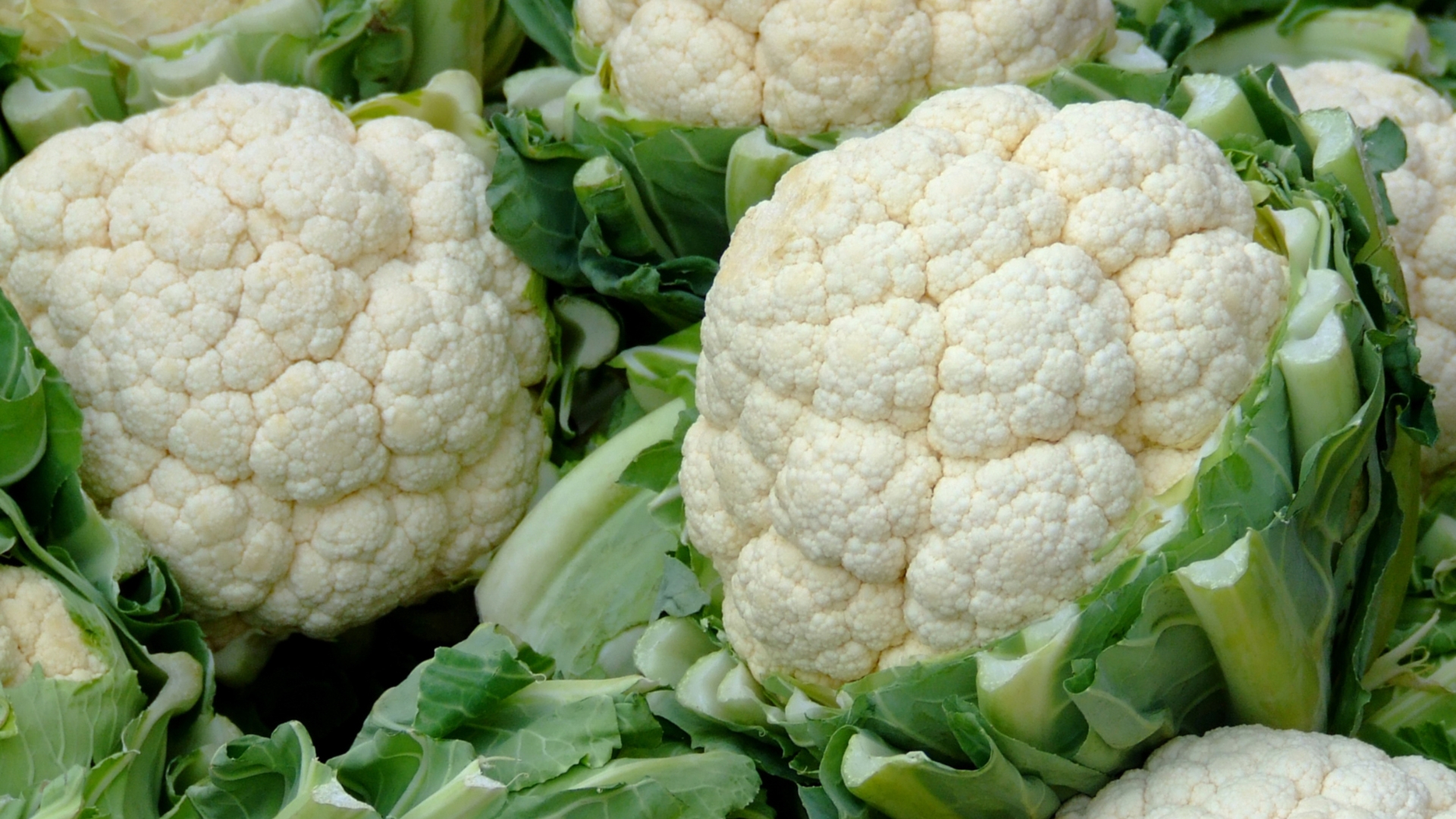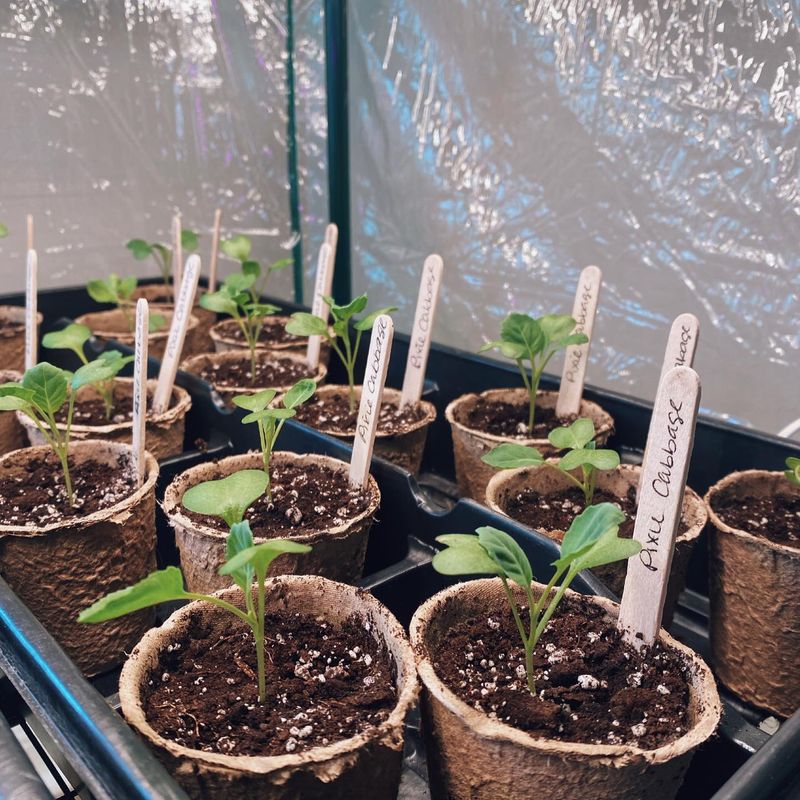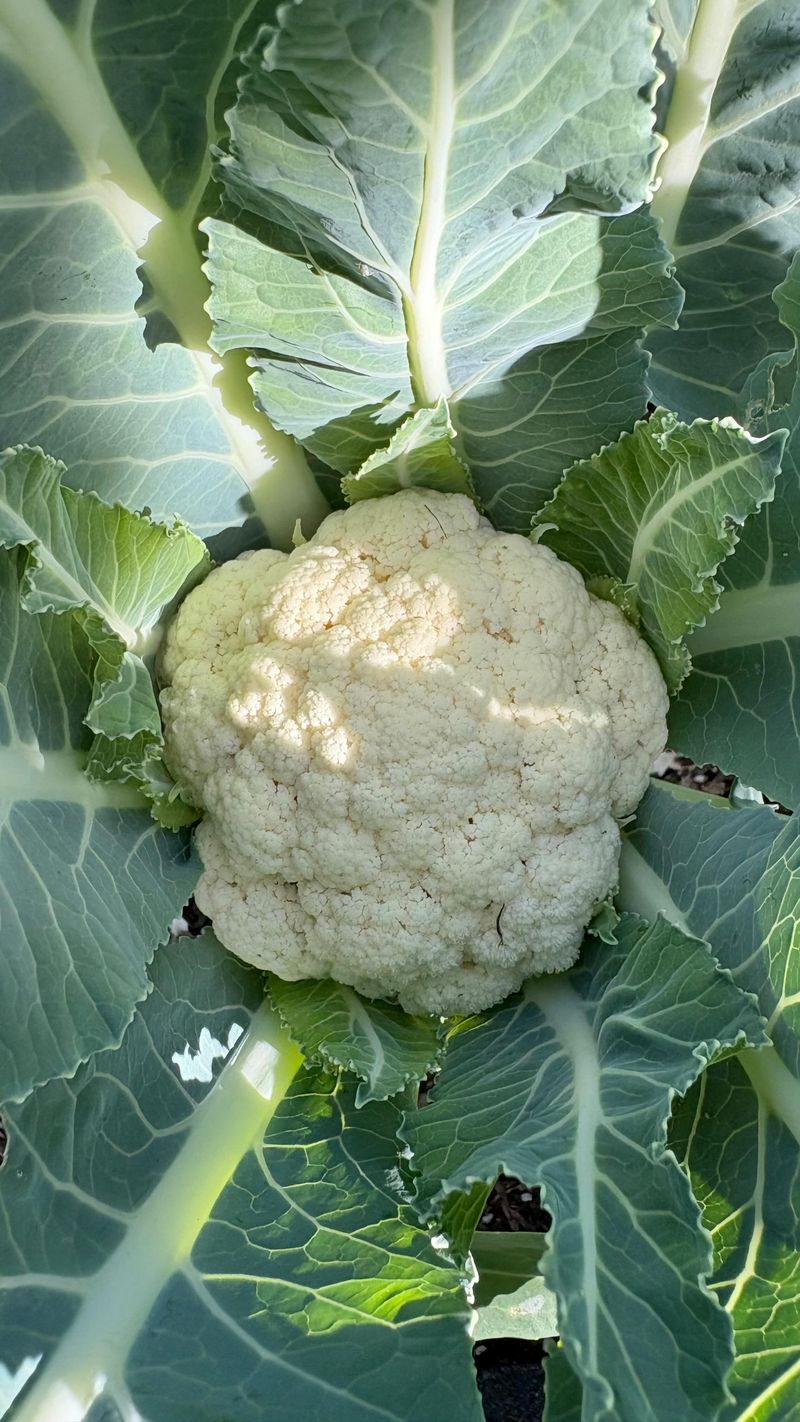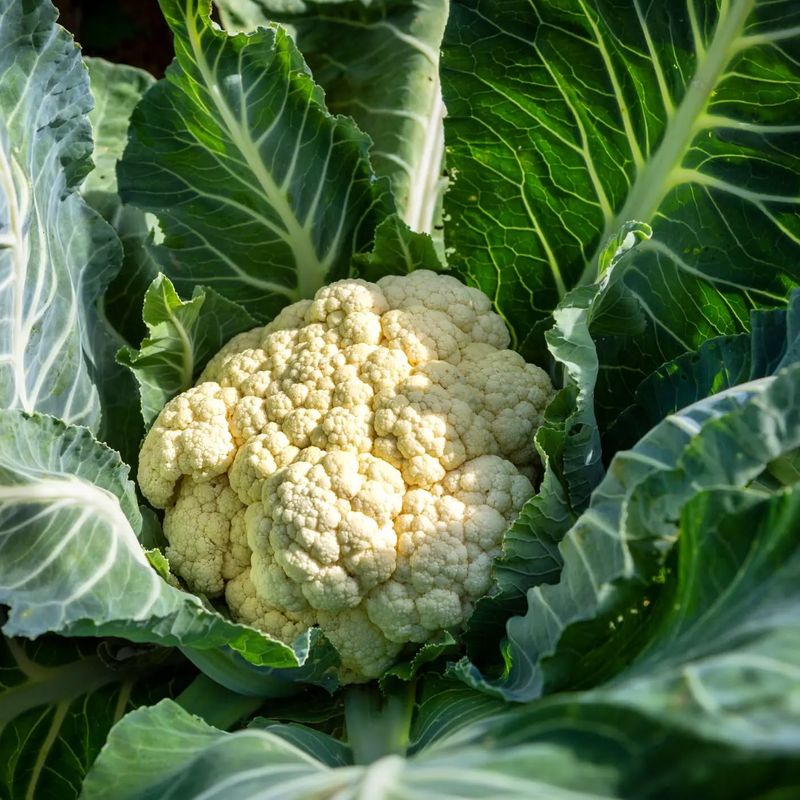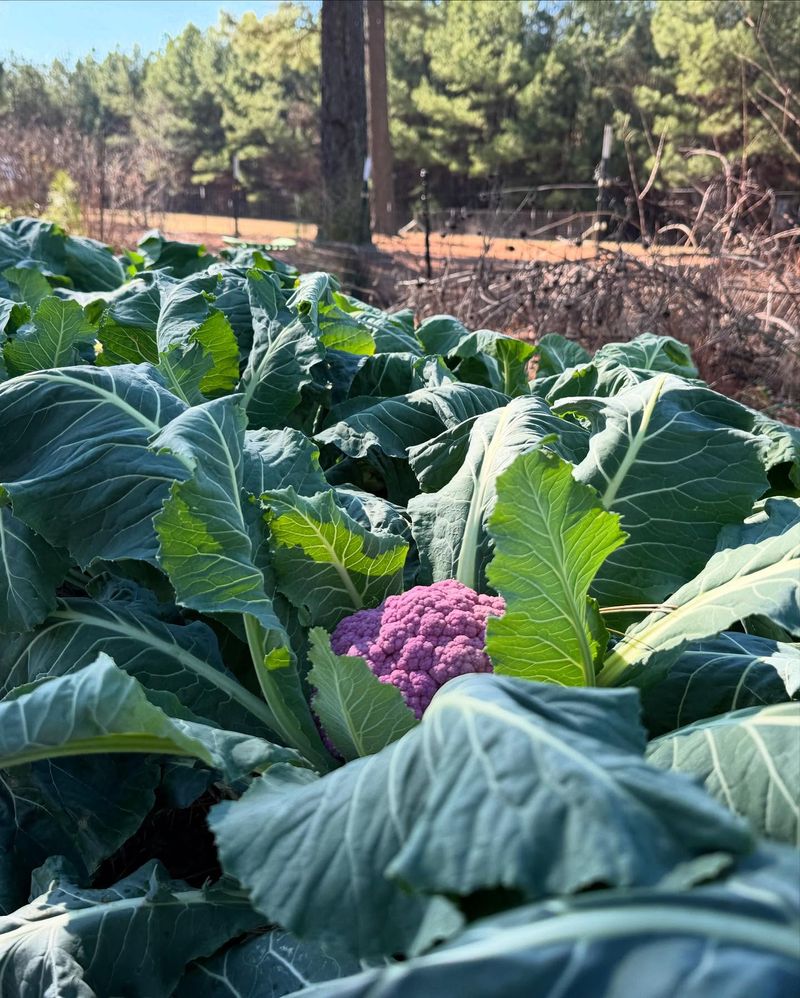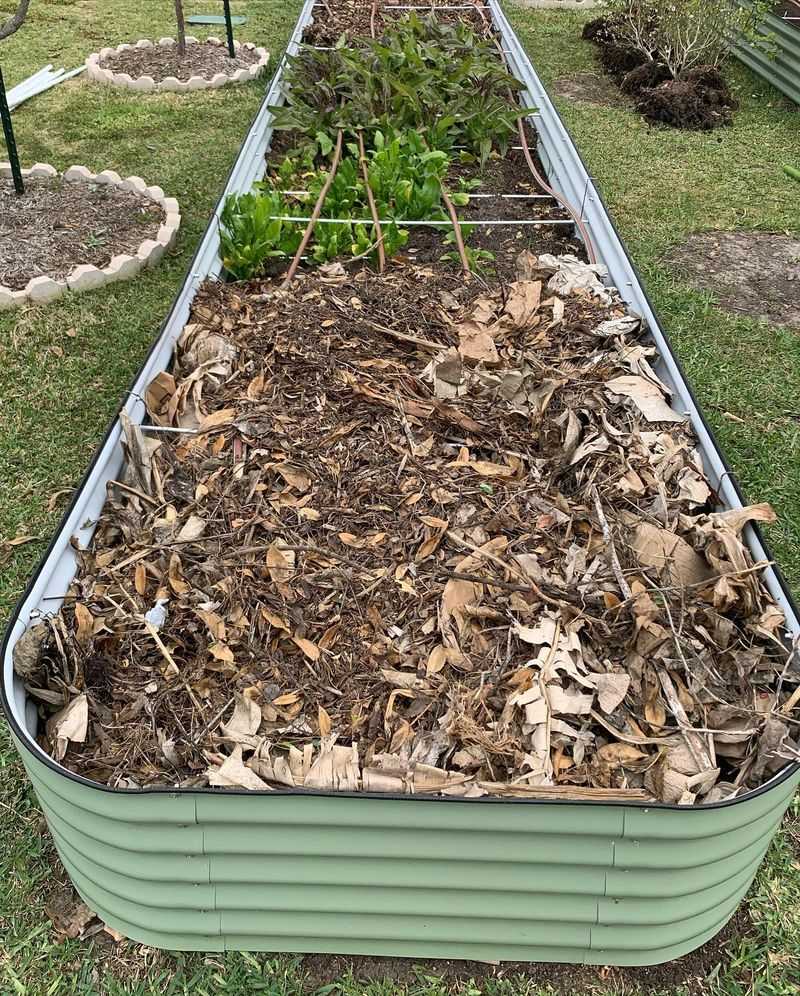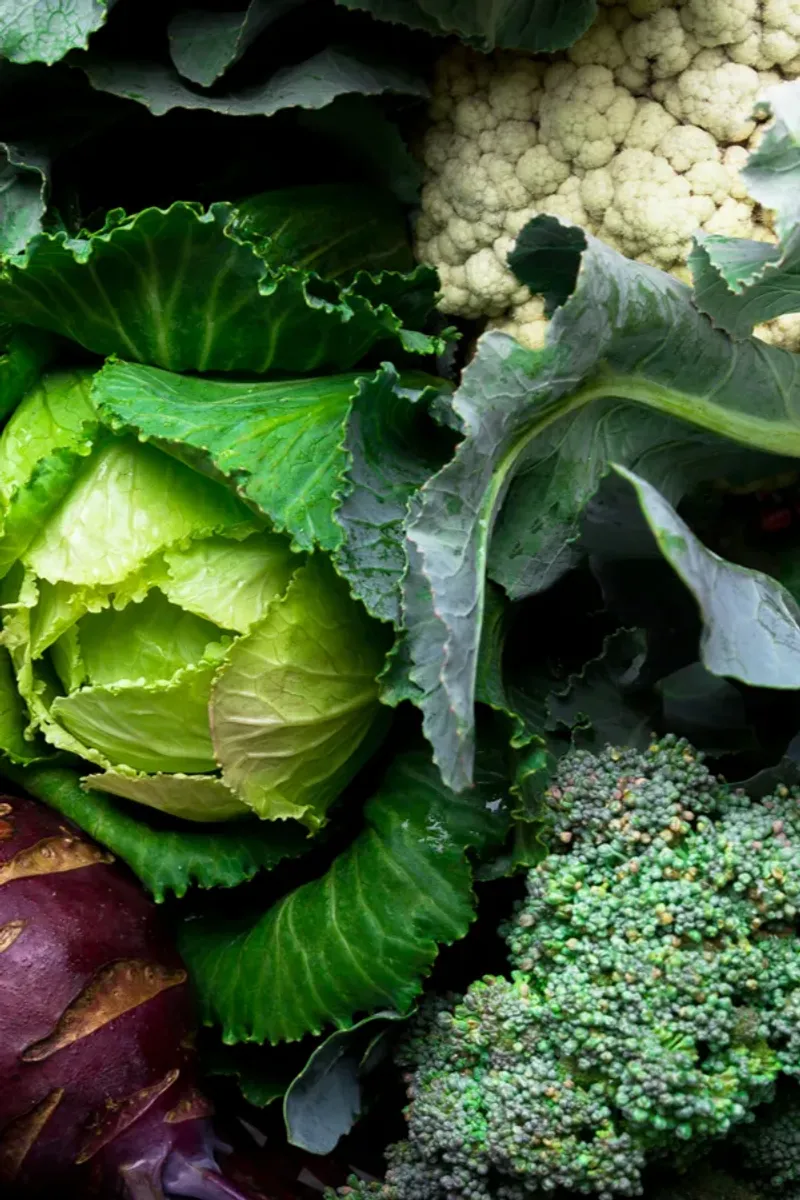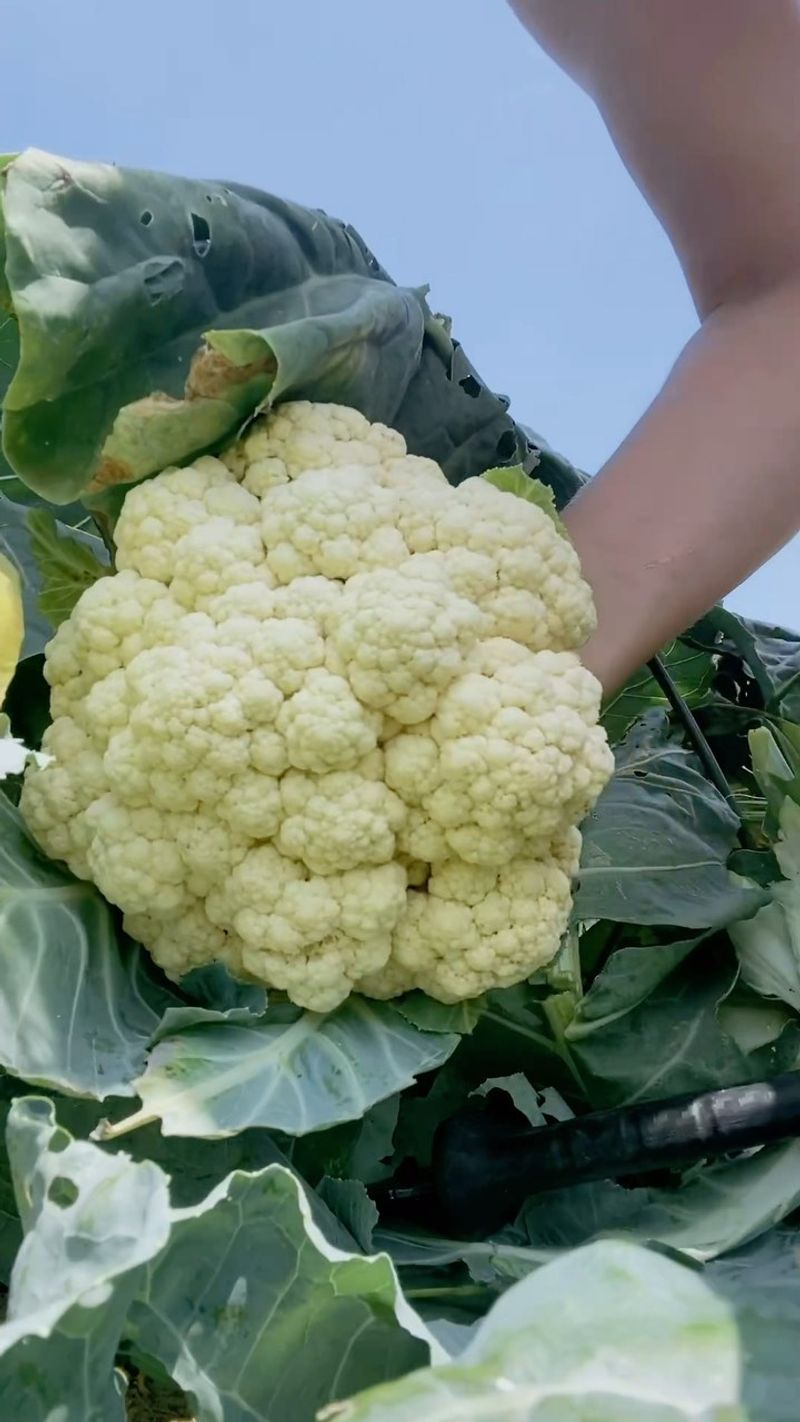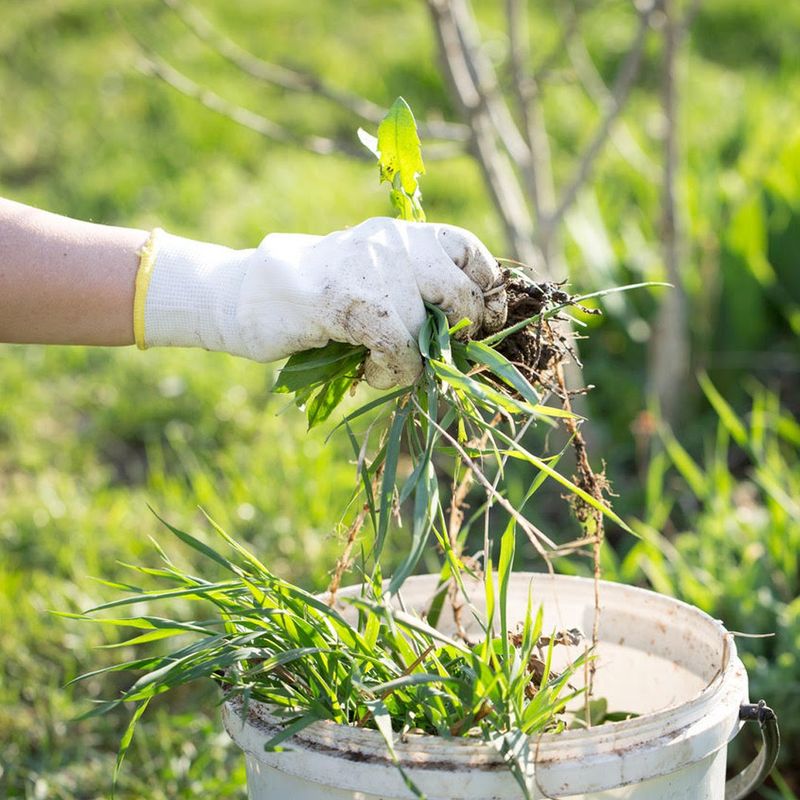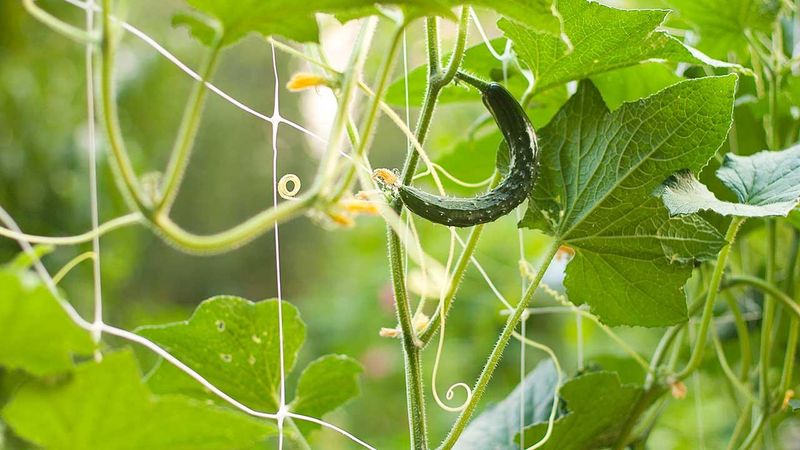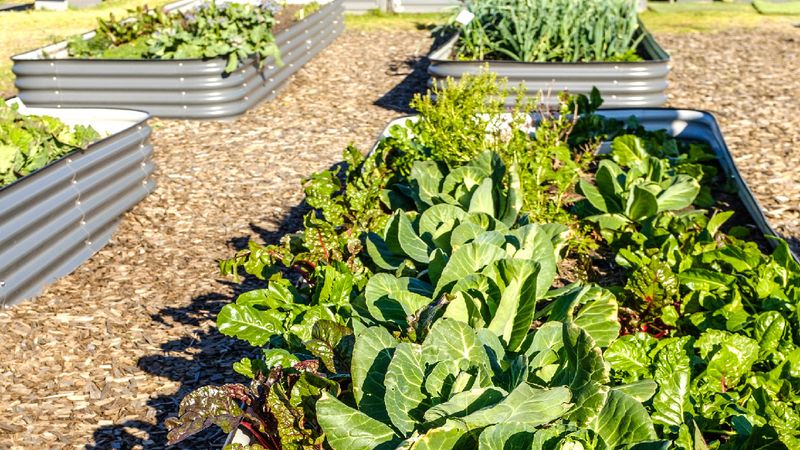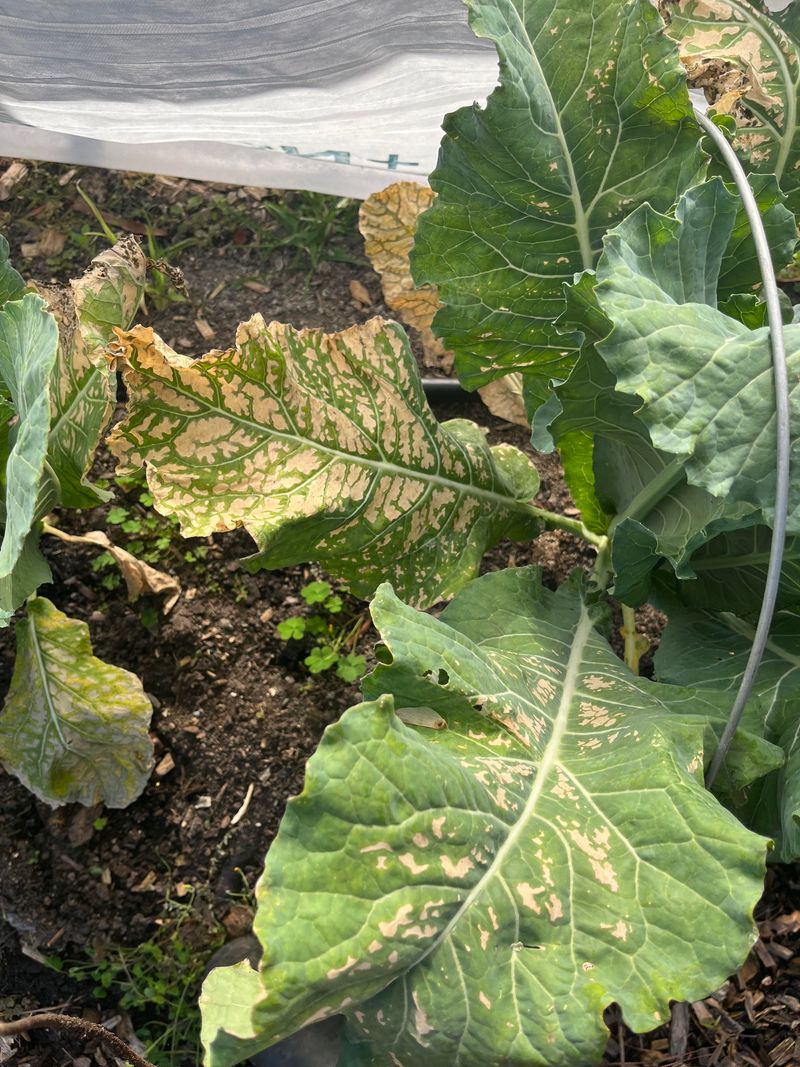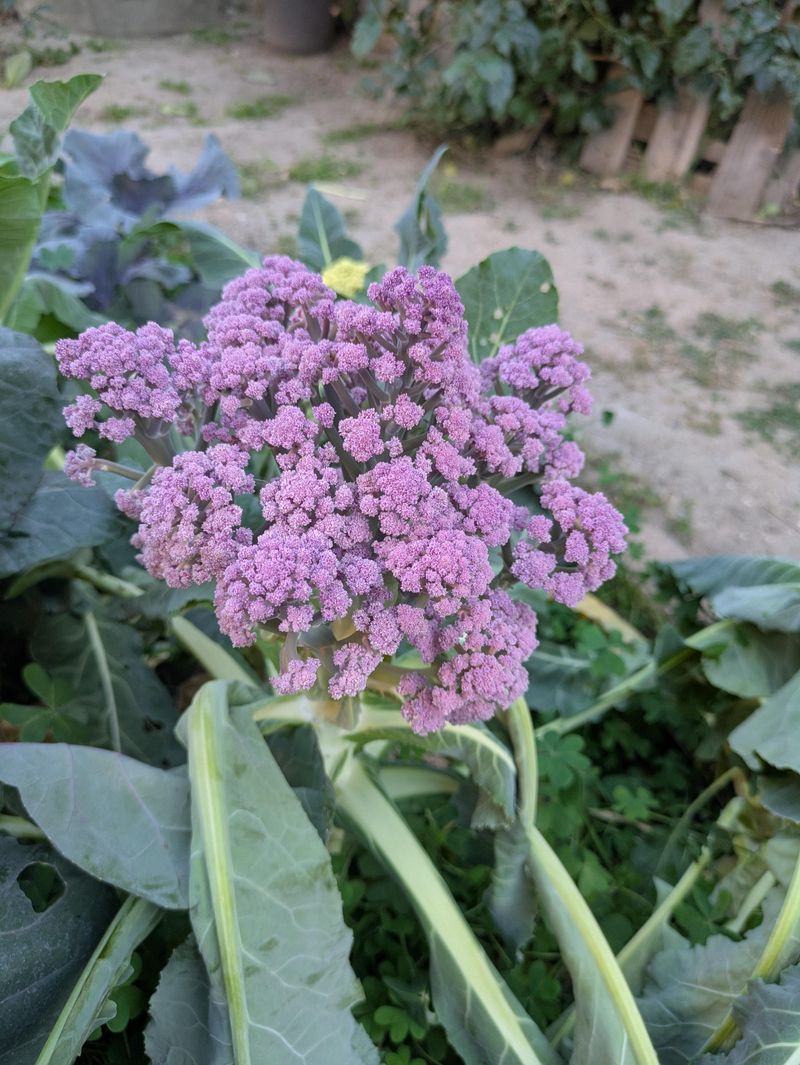Growing your own cauliflower is not only rewarding but also fun! Imagine biting into a fresh, crunchy cauliflower grown right in your backyard. With a few simple tips, you can achieve big, healthy cauliflower heads. Whether you’re a beginner or have a green thumb, these tips will guide you to success.
1. Choose the Right Variety
Selecting the right cauliflower variety is your first step. Some types are specially bred for larger heads. Exploring seed packets that promise big heads can set you off on the right track.
Consider varieties like ‘Cheddar’ for color and size or ‘White Cloud’ for classic large heads. Each variety has its own personality and growing conditions, so do your homework.
Planting the correct variety for your region ensures better growth and a more bountiful harvest.
2. Plant in Full Sun
Cauliflower loves soaking up the sun. Ensure your plants are in a spot that gets at least six hours of sunlight daily. This light helps the plant photosynthesize, enabling it to grow strong and healthy.
Without enough sun, cauliflower heads might remain small or underdeveloped. Even in cooler climates, sunlight plays a critical role in the growth process.
Providing ample light is paramount to achieving those big, beautiful heads that will make your garden shine.
3. Start Indoors
Starting your cauliflower indoors can give them a head start. By planting seeds in small pots during early spring, you protect them from unpredictable weather.
This practice reduces the risk of frost damaging young plants. Once the danger of frost passes, you can gently transplant them to your garden.
Indoor starting helps ensure a continuous growth cycle, leading to bigger heads. Plus, it’s a fantastic way to get children involved in gardening!
4. Use Quality Soil
Rich soil is the foundation of any healthy plant. Mixing compost with your garden soil improves its texture and nutrient content.
The result is a fertile environment ideal for cauliflower growth. Quality soil retains moisture while still allowing proper drainage. It provides the essential nutrients cauliflower needs to thrive.
Taking time to prepare your soil pays off in the long run, rewarding you with large, crisp heads.
5. Fertilize Regularly
Feeding your cauliflower the right nutrients is crucial. Regular fertilization helps them grow big and healthy. Use a balanced fertilizer every few weeks to support their growth.
It’s like a meal plan for your plants! By nourishing them consistently, you encourage robust leaf and head development. Make sure to follow package instructions for the best results.
Your cauliflower will thank you with impressive, tasty heads.
6. Water Consistently
Consistency is key when it comes to watering. Cauliflower requires ample water to maintain its growth. Regular watering ensures that the plants receive the moisture they need.
However, avoid overwatering, which can lead to root rot. Keep the soil consistently damp, especially during dry spells.
Use mulch to retain moisture and regulate soil temperature. With consistent care, your cauliflower will flourish beautifully.
7. Space Them Properly
Proper spacing allows each cauliflower plant room to grow. Keep about 18-24 inches between each plant. This spacing prevents overcrowding, ensuring they receive enough nutrients and sunlight.
It also allows for good air circulation, reducing the risk of disease. By giving them room, you’re setting the stage for big, healthy heads.
Proper spacing is essential for optimal growth and a flourishing garden.
8. Control Pests
Protecting your cauliflower from pests is vital. Insects like aphids and caterpillars can damage leaves and stunt growth. Regularly check your plants, and use natural insecticides if needed.
Companion planting with marigolds can also deter unwanted pests. Maintaining a pest-free garden helps your cauliflower thrive, leading to larger heads. A little vigilance goes a long way in ensuring a healthy crop.
9. Use Mulch
Mulching is a simple yet effective way to support cauliflower growth. By spreading mulch around your plants, you help retain soil moisture and regulate temperature.
It also suppresses weeds, reducing competition for nutrients. Straw or shredded leaves work well as mulch.
This protective layer will assist your plants in growing big heads. Plus, mulch adds organic matter to the soil as it decomposes.
10. Practice Crop Rotation
Changing the location of your cauliflower each season can improve soil health. Crop rotation prevents soil depletion and reduces the risk of disease buildup.
By rotating your cauliflower with other vegetables, you keep the soil fertile and healthy. This practice supports better growth and larger heads.
It’s an agricultural tradition with proven benefits, ensuring your garden remains productive year after year.
11. Trim Leaves
Trimming the outer leaves of your cauliflower can boost head development. Removing excessive foliage directs energy toward the head, promoting growth. It’s like giving your plant a graceful haircut.
Be careful not to trim too much, as leaves still play a role in photosynthesis. Regular maintenance encourages larger, healthier heads and keeps your plants looking tidy.
12. Provide Shade
In hot climates, providing shade can prevent cauliflower heads from bolting. A simple shade cloth can shield plants from extreme heat. This protection encourages steady growth without compromising head size.
Just make sure the shade doesn’t block too much light. Finding the right balance keeps your cauliflower thriving, even on the hottest days.
13. Keep Soil pH Neutral
Cauliflower prefers neutral soil with a pH around 6.5 to 7. Testing your soil helps you adjust it to the ideal range. If needed, lime can neutralize acidic soil, while sulfur might be used for alkaline conditions.
Balanced soil pH promotes nutrient availability, directly affecting growth. With the right pH, your cauliflower heads will reach their full potential.
14. Remove Weeds
Keeping your cauliflower patch weed-free is vital. Weeds compete for nutrients, water, and light, hindering your plants’ growth. Regularly remove weeds by hand or with a hoe.
A clean garden bed allows your cauliflower to thrive, leading to larger heads. By eliminating competition, you give your plants the best chance to grow robust and healthy.
15. Protect from Frost
Frost can be a major threat to young cauliflower plants. Using frost blankets or row covers provides protection during unexpected cold snaps.
Keeping plants warm ensures continuous growth, crucial for developing big heads. These protective measures are simple yet effective. By safeguarding your plants, you secure a healthy, productive garden season.
16. Support Young Plants
Supporting young cauliflower plants helps them grow upright and strong. Using small stakes or supports prevents them from toppling over. This practice encourages a healthy growth pattern.
As they mature, robust plants are better able to form large heads. Giving young plants a helping hand ensures a successful growing season and a beautiful harvest.
17. Avoid Overcrowding
Overcrowding can lead to smaller heads due to competition for resources. Ensure each plant has enough space to expand its leaves.
Proper spacing allows air circulation and sunlight penetration, which are essential for growth. A well-organized garden bed supports bigger, healthier cauliflower heads, giving you a more fruitful harvest.
18. Harvest at the Right Time
Harvesting your cauliflower at the right time is crucial for optimal taste and size. Wait until the heads are fully developed and firm.
Overripe heads can become loose and lose flavor. Use a sharp knife to cut them cleanly from the plant. Picking them at their peak ensures the best quality and satisfaction from your home-grown produce.
19. Monitor for Diseases
Regularly checking for diseases keeps your cauliflower healthy. Fungal infections and other diseases can stunt growth and damage heads. Look for discolored leaves or unusual spots.
Early detection allows you to take action swiftly, minimizing harm. Keeping your plants disease-free promotes vigorous growth and larger heads, ensuring a successful harvest.
20. Encourage Local Pollinators
Pollinators like bees and butterflies play a vital role in your garden’s ecosystem. While cauliflower doesn’t rely on pollinators for fruiting, a thriving garden with pollinators stays healthy and balanced.
Planting flowers nearby attracts these helpful insects. Their presence encourages a lively, vibrant environment, indirectly supporting cauliflower growth.

